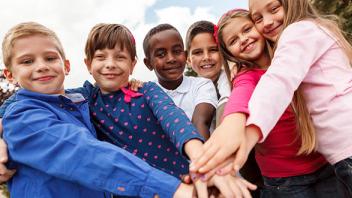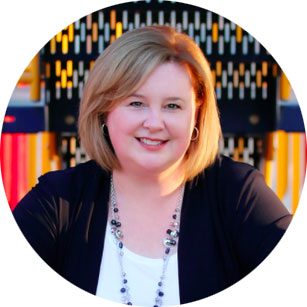Inclusive schools are places where educational barriers are removed and students of all abilities are educated in general education classrooms. Many of my previous posts have focused on the removal of barriers to the academic curriculum. I’ve written about using learning accommodations, lesson modifications, universal design for learning, and assistive technology to facilitate inclusive education in my book Inclusion in Action .
There is another area of the curriculum where barriers can exist to full inclusion.
It typically receives less attention, yet is just as important. I’m talking about the “hidden” or social curriculum that is the by-product of a school’s education program. This social curriculum conveys the values, belief systems, and expectations of behavior in the school setting.
This social curriculum is not “hidden” in an inclusive school. It’s actually quite the opposite — with as much attention given to the social development of students as there is academic. Teachers give explicit instruction in social inclusion, model socially inclusive behavior, provide socially inclusive opportunities for students, and expect that all students will adhere to an inclusive belief system.
So, if you or your school is on a journey towards inclusion or you are thinking about creating a more inclusive classroom, here are some strategies to intentionally facilitate social inclusion:
1. Switch up the seating plan — give students a change of scenery and someone new to work with by changing up your seating plan several times during the school year.
2. Find common ground — class games , such as “Find Someone Who,” gives students a chance to get to know one another in a fun and informal manner.
3. Partner or small group work — set students up in partners and small groups to complete work. Giving students guidelines and expectations of group behavior beforehand can help set students up for a positive experience.
4. Offer structured recess activities — unstructured recess time can be very difficult for some students. It can be lonely, awkward, or even chaotic. Offer some structured and supervised games that are open to all students.
5. Use socially inclusive language — socially inclusive language is essential to creating an atmosphere of respect. Schools should expect that students and staff use words that appropriate and culturally responsive.
6. Role-play situations where students can include one another — role-playing common social situations can give students the skills they need to successfully interact with one another.
7. Set expectations for socially-inclusive behavior — clearly communicate your expectations of socially inclusive behavior. Ensure that all students understand the expectations.
8. Find ways to highlight student interests and strengths — encourage students to share their favorite things, celebrate student success in various areas of the curriculum, and demonstrate their talent and/or expertise (one year I had a student who brought her bagpipes to school and she played us a few songs).
9. Ensure that all students have an effective and appropriate way to communicate — make sure assistive devices are working properly and are set-up for students to effectively communicate with their peer group.
10. Provide opportunities/places for students to meet and interact in your classroom — create spaces where students can work together, read together, have discussions, complete an activity, or just socialize with one another. Use different types of seating, tables, and materials to create welcoming spaces.
Please share your ideas and strategies for creating a socially inclusive classroom in the comments below!
Nicole Eredics is an educator who specializes in the inclusion of students with disabilities in the general education classroom. She draws upon her years of experience as a full inclusion teacher to write, speak, and consult on the topic of inclusive education to various national and international organizations. She specializes in giving practical and easy-to-use solutions for inclusion. Nicole is creator of The Inclusive Class blog and author of a new guidebook for teachers and parents called, Inclusion in Action: Practical Strategies to Modify Your Curriculum . For more information about Nicole and all her work, visit her website .

